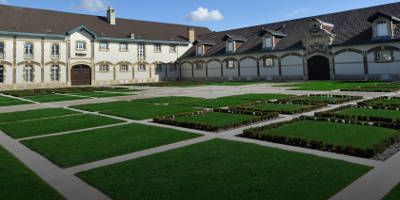| Type | Champagne |
|---|---|
| Region | |
| Grapes | |
| Producer | |
| Allergens | Contains sulfites |
| Alcohol contenti | 12.5% |

Spec sheet
The wine
Drinking and storing
Serve between 4ºC and 6ºC
Customer reviews
The winery
Champagne Ruinart

Looked upon as the oldest Champagne house, Ruinart is distinguished too by its characteristic finesse and elegance. Originally, it was the philosopher and theologian Dom Thierry Ruinart (1657-1709), descended from an old-established, vineyard-owning family in Reims, who gave his brother Nicolás inspiration by informing him about the French court's growing interest in wine from the Champagne region. In the end, it was Nicolás' son, also called Nicolás, who in 1729 was to found...


















